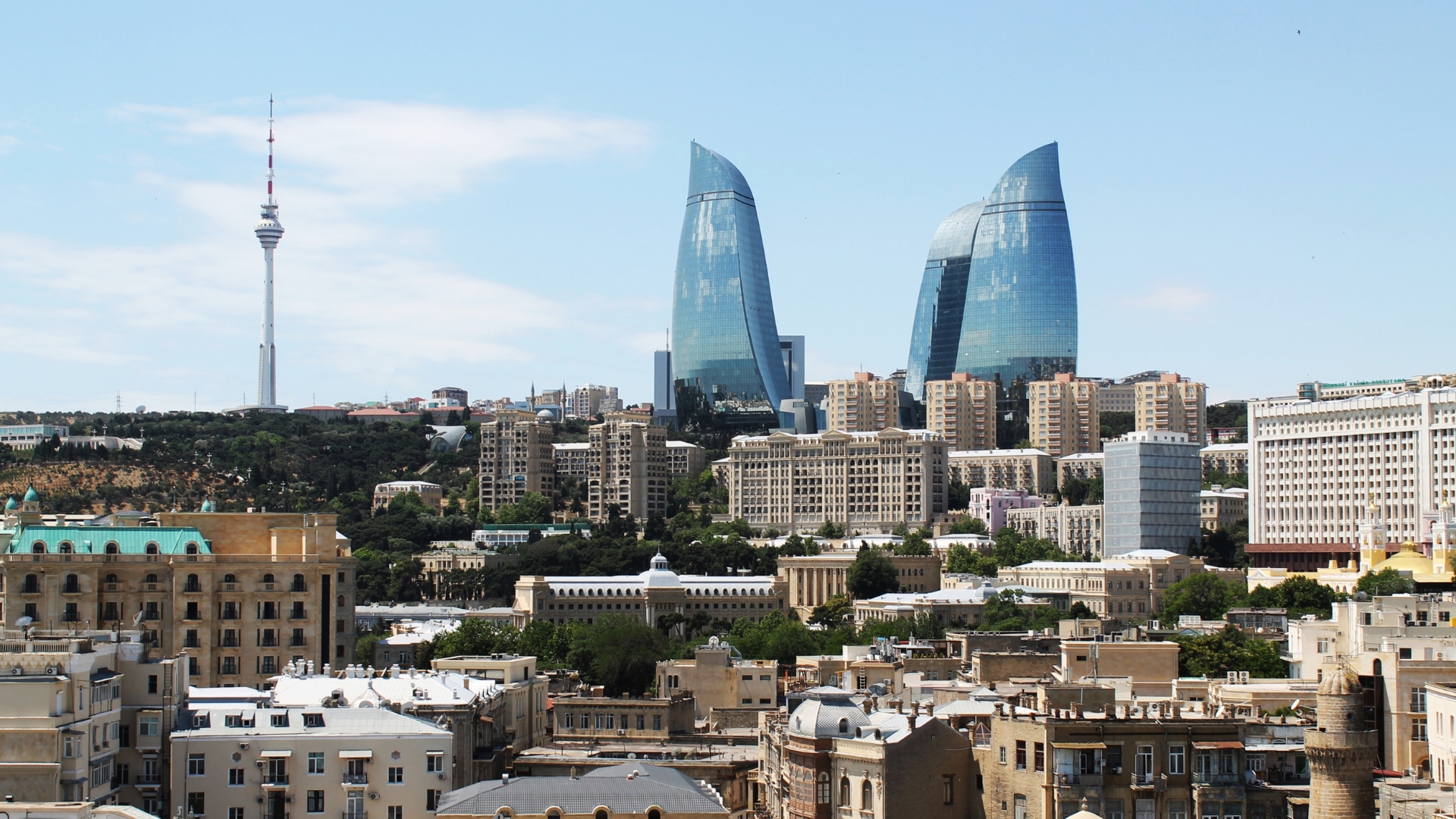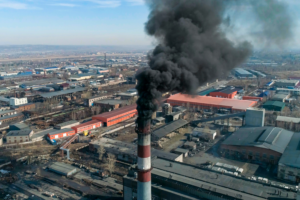COP30: What were the outcomes?
This year’s international climate conference, COP30, wrapped up in Belém, Brazil, last weekend. Following the failure of previous COPs to deliver the ambition and action needed to avert catastrophic climate…
Read More
Written by Olivia Nater | Published: November 27, 2024
The COP29 international climate conference in Baku, Azerbaijan, wrapped up last Friday, following almost two weeks of tense negotiations. Once again, the conference failed to deliver the ambition needed to avert catastrophic climate change and protect vulnerable communities, but some progress was made on financial support for developing countries.
COP29 was the 29th meeting of the Conference of the Parties to the UN’s Framework Convention on Climate Change (UNFCCC). These annual COPs are the largest and most significant international meetings intended to catalyze concerted action on the climate crisis.
The conference takes place in a different part of the world every year. Azerbaijan was the host country this year, which concerned climate activists from the get-go, considering the country’s heavy reliance on fossil fuels. It was also the third year in a row that the conference was hosted by a petrostate, following last year’s COP28 in the UAE, and COP27 in Egypt in 2022.
According to an analysis by Kick Big Polluters Out, more than 1,700 fossil fuel lobbyists registered to attend COP29, outnumbering almost all country delegations. COP29 got off to an unpromising start when Azerbaijan’s president Ilham Aliyev claimed that oil and gas are “a gift of god” in his opening remarks.
The most significant agreement coming out of COP29 was around financial assistance for developing nations and is formally known as the New Collective Quantified Goal on Climate Finance (NCQG). At COP15 in 2009, high-income countries had pledged to provide at least $100 billion every year to help developing countries with their climate mitigation and adaptation efforts. That target wasn’t met until 2022. At COP29 last week, wealthy nations agreed to increase this amount to $300 billion annually by 2035.
The agreement also refers to a wider goal of scaling up financial assistance to $1.3 trillion by 2035, which is roughly the amount experts say is needed to help developing countries adequately cope with the climate crisis, but it is unclear where this money would come from. Delegates from lower income countries had been pushing hard for wealthy nations to commit to spending close to this higher amount and expressed bitter disappointment that the new $300 billion target still falls far short.
There was also a push for some of the wealthier, high-emitting countries that are not part of the OECD, including China and Saudi Arabia, to contribute to the climate financing deal, but representatives from these nations refused to commit to compulsory contributions. At climate talks, China identifies itself as a developing country, despite the fact that its cumulative emissions throughout history have now surpassed those of the EU.
 In 2015, at COP21 in Paris, world leaders pledged to limit the increase in the global average temperature to “well below” 2°C and “preferably” to no more than 1.5°C above pre-industrial levels. Emissions have continued to increase since then, however, and we’ve already experienced more than 12 consecutive months in which average global temperatures were at least 1.5°C warmer. This does not necessarily mean that we’ve definitely breached the 1.5° threshold, which is based on averages across decades, but climate scientists warn that this critical Paris target is almost certainly doomed to fail.
In 2015, at COP21 in Paris, world leaders pledged to limit the increase in the global average temperature to “well below” 2°C and “preferably” to no more than 1.5°C above pre-industrial levels. Emissions have continued to increase since then, however, and we’ve already experienced more than 12 consecutive months in which average global temperatures were at least 1.5°C warmer. This does not necessarily mean that we’ve definitely breached the 1.5° threshold, which is based on averages across decades, but climate scientists warn that this critical Paris target is almost certainly doomed to fail.
Nevertheless, the “global stocktake” document agreed upon at COP29 “reaffirms the Paris Agreement temperature goal of holding the increase in the global average temperature to well below 2 °C above pre-industrial levels and pursuing efforts to limit the temperature increase to 1.5 °C above pre-industrial levels.”
In its 2024 Emissions Gap Report, the United Nations Environment Programme (UNEP) noted that to achieve the Paris Agreement goal, global greenhouse gas emissions need to be cut by 42 percent by 2030 relative to 2019 levels. The report warns, however, that countries’ current emission reduction pledges (their Nationally Determined Contributions or NDCs) would only reduce emissions by an average of 2.6 percent by 2030. The COP29 global stocktake document “recognizes the urgent need to address this gap.”
Under the Paris Agreement, member states are required to submit new NDCs every five years — the next deadline is coming up in February 2025. Three countries, the UAE, Brazil, and the UK, used COP29 to announce their new NDCs early (you can see what Carbon Brief say about them here).
Believe it or not, last year’s COP28 was the first time an agreement was reached to “transition away from fossil fuels.” Due to continued opposition from economies that remain heavily dependent on oil, gas, and even coal, delegates at COP29 failed to agree on how this “transition” should be taken forward.
 Just like last year, little progress was made on addressing the impact of food systems, deforestation, and methane — all major contributors to climate change.
Just like last year, little progress was made on addressing the impact of food systems, deforestation, and methane — all major contributors to climate change.
The role of population growth in driving emissions and climate vulnerability, and the enormous mitigation and adaptation potential of empowering population solutions were sadly not publicly acknowledged either.
The can was kicked further down the road regarding the vital intersection of women’s rights and climate change too. No progress was made on the Gender Action Plan, with representatives from authoritarian states blocking the inclusion of some references to gender and intersectionality in final texts.
The US general election result also cast a long shadow over the COP29 negotiations. The incoming Trump administration is likely to roll back President Biden’s climate pledges, slash the US climate budget, and once again pull the US — the wealthiest country and second biggest national polluter after China — out of the Paris Agreement.
COP30 will take place in Belem, Brazil, next November — let’s hope world leaders will do better there and that the new NDCs to be submitted in February will drive more ambitious global action. One encouraging bit of news is that according to anecdotal evidence gathered by Carbon Brief, Brazil is working with the presidency of the UN Convention on Biological Diversity (CBD) COP16 (which took place in Colombia in October) to address biodiversity loss in Belem next year. This would mark the first time a climate COP acknowledges the need to tackle the biodiversity crisis and the climate crisis together, which is critical, considering they share the same root drivers and both represent existential threats to all life on Earth.